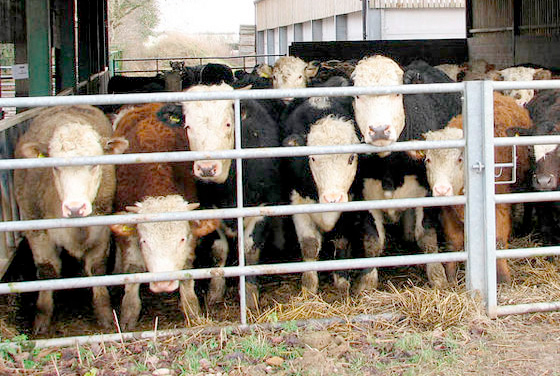
Cattle farmers could have increased costs due to ineffective treatment of calf pneumonia, according to Merial Animal Health.
"Past research has shown that calf pneumonia can cost the industry as much as £80 million per year," said Sioned Timothy, Veterinary Advisor.
“This includes veterinary and medicine costs, and mortality, but also longer term costs such as failure to thrive, milk yield reduction and reduced reproductive performance. The first consideration should be prevention, but even on the best farms cases still occur. In those instances, it is important to treat rapidly and to get straight to the centre of the infection in the lungs.”
“Livestock productivity can be greatly hindered by calf pneumonia. The condition can affect both dairy and beef cattle throughout their productive lives. Studies show that even during the second lactation, dairy cows will produce up to 8% less milk if they suffered from pneumonia as calves2. Calf pneumonia can also have long-lasting effects on the growth rates of beef cattle – delaying finishing and minimising returns. Severe cases of the disease can permanently damage animals’ lungs, resulting in reduced growth, vigour, and milk production.”
This slowing of growth is because the volume of lung capacity, already relatively small in cattle, is reduced after infection by calf pneumonia, leading to poor function.
Calf pneumonia is often found amongst housed animals and is most problematic when groups of cattle are mixed. The cause of disease is multifactorial, involving interaction between bacteria and viruses, poor calf immunity and other environmental factors.
In the face of a disease outbreak following veterinary diagnosis, antibiotics will typically form a key component of the treatment administered to sick calves, and their judicious use may also be necessary to control disease within the affected group.
Sioned advises: “The antibiotic used needs to quickly target the lining of the lungs. This is where the bacteria invade and the infection starts.”
It is vital that the disease is recognised in the early stages. The product used must be proven to ensure successful first-time treatment in order to minimise the costs of disease and maximise future productivity. The antibiotic used also needs to be long-lasting, offering protection to the lungs during the time they take to fully repair.
